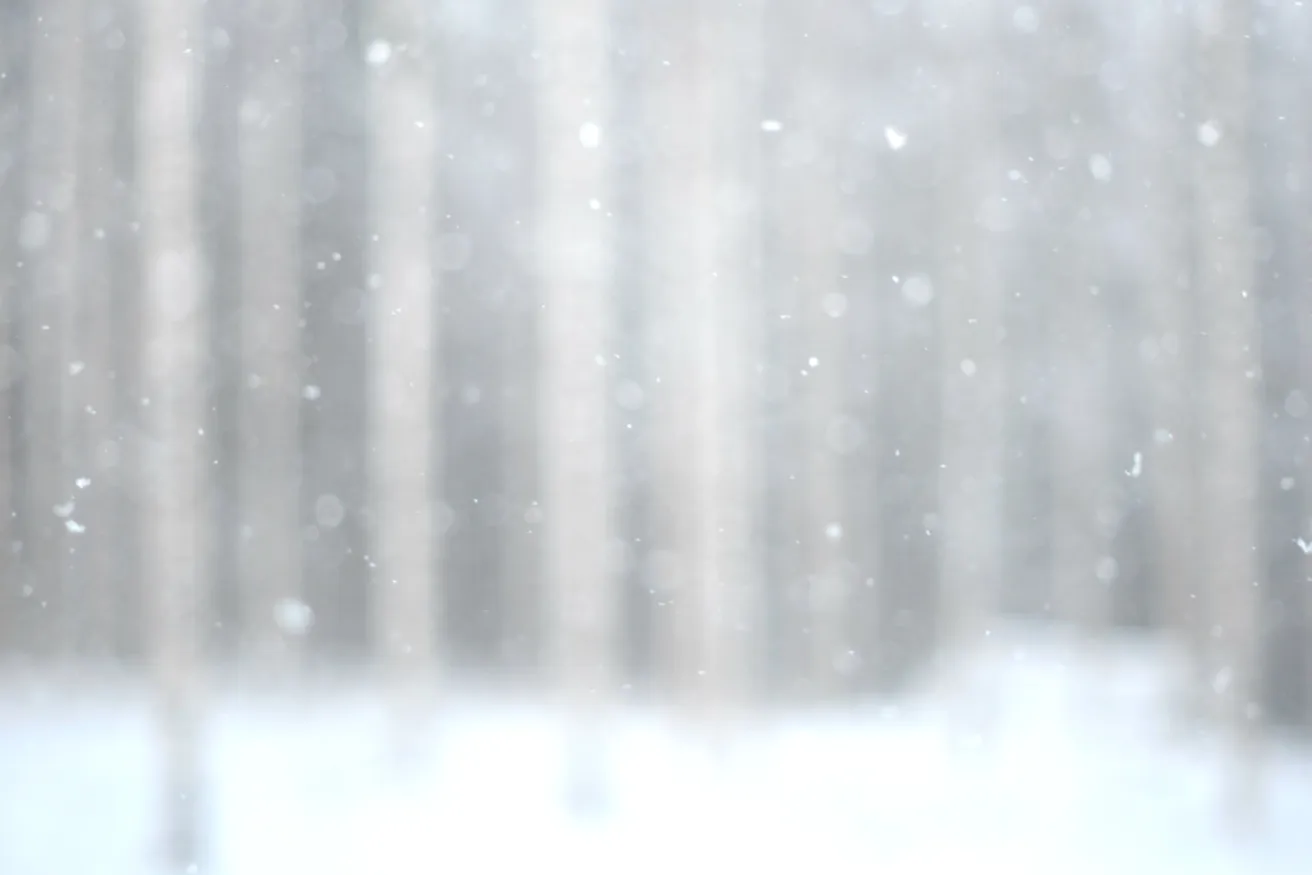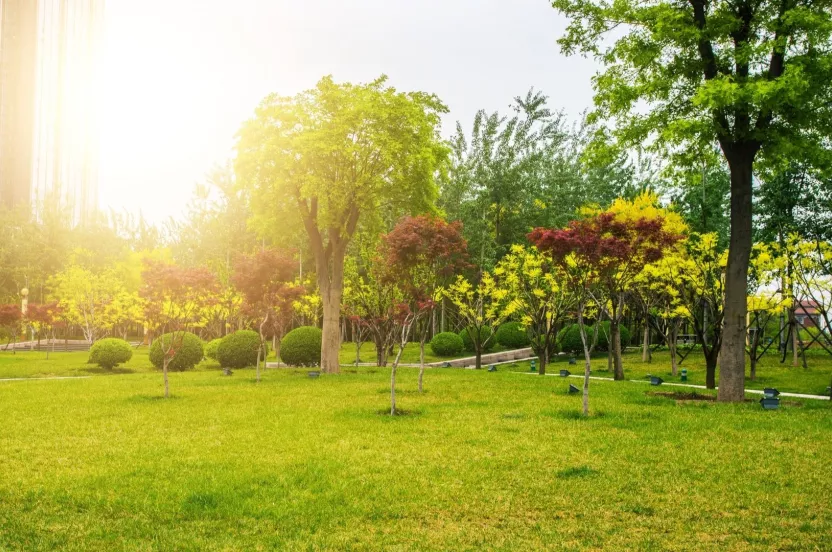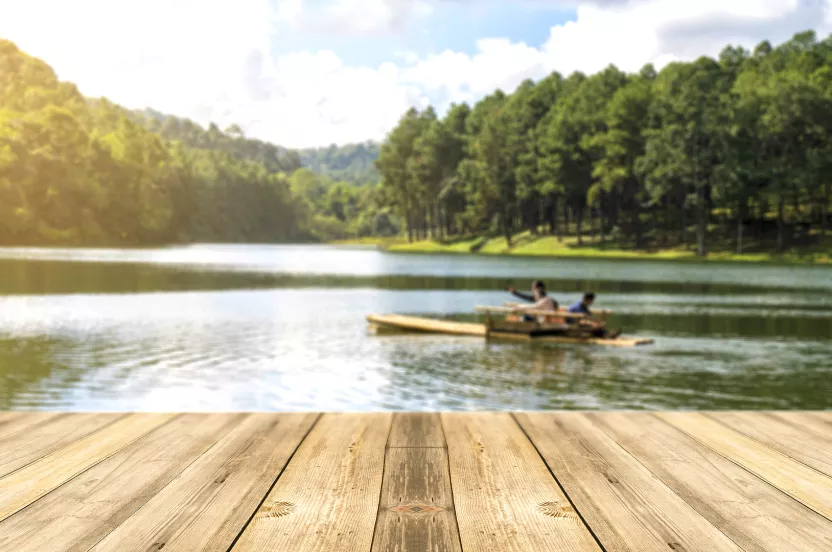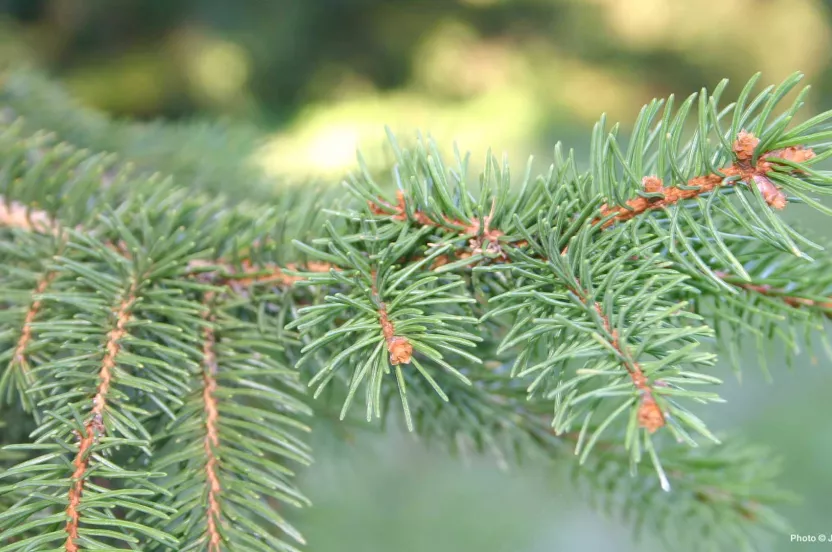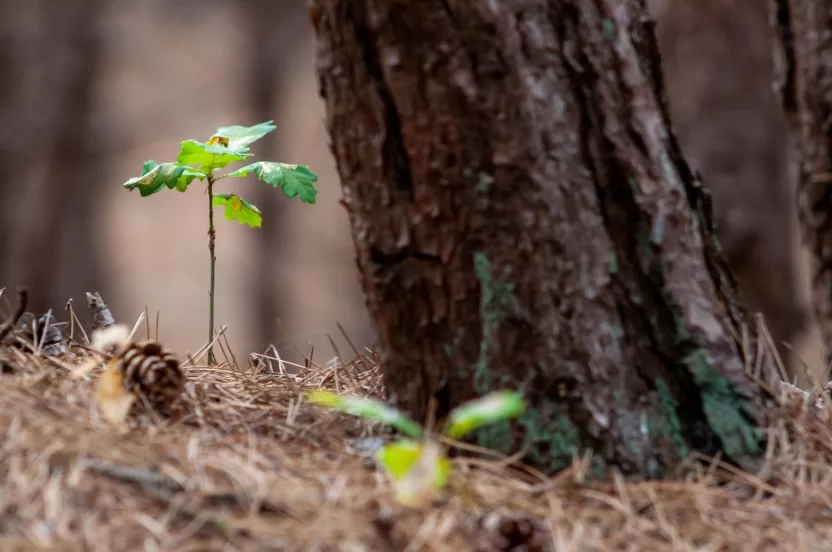The Arbor Day Foundation is pledging 10 million trees to areas impacted by hurricanes Helene, Milton Help us replant
The taiga forest —or boreal forest as we call it in North America — is the largest terrestrial biome in the world (other than the oceans). Taiga is Russian for forest, but it also refers to the northern-most, barren part of the biome situated on the edge of the tundra, whereas boreal —named after the Greek god of the North wind — is often used to refer to the southern part of the biome most commonly in North America.
The boreal forest makes up 29% of the world’s forests, spreading across Alaska, Canada, Russia and some of the northern-most parts of Europe and the United States. The biome sits right below the arctic tundra where long, cold winters are the dominant season. The average temperatures vary from -65°F to 50°F, however most winter days are well below freezing.
Because of the cold climate, most of the tree species are comprised of pines, spruces and firs. It’s hard to ignore their beauty in the snow-covered forests where they live. And while only the hardiest of plants and wildlife withstand the extreme cold of the taiga/boreal forest, there are more than 32,000 species of insects living in the biome, and these insects attract 300 different species of birds who feed on them.
The biome is also an essential ecosystem to our planet because it stores enormous quantities of carbon, some say more than tropic and temperate forests. The carbon the biome stores helps in fighting the climate change that is overtaking our planet.
In addition to the environmental and economic benefits the massive forest gives us, it’s snow-covered beauty is hard to resist in the winter. Colored skies, frosted surfaces and crisp nights make the boreal one of the greatest wonders of the cold.
Enjoy these photos of winter forest therapy from the boreal.

